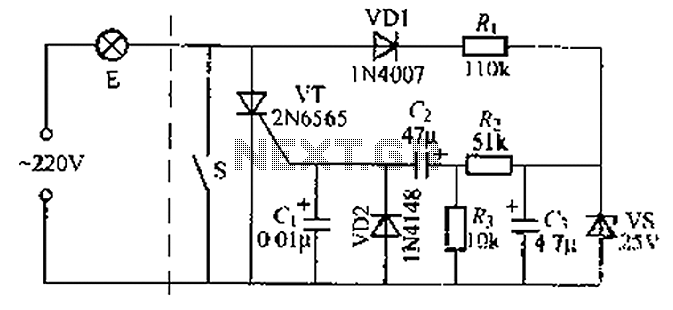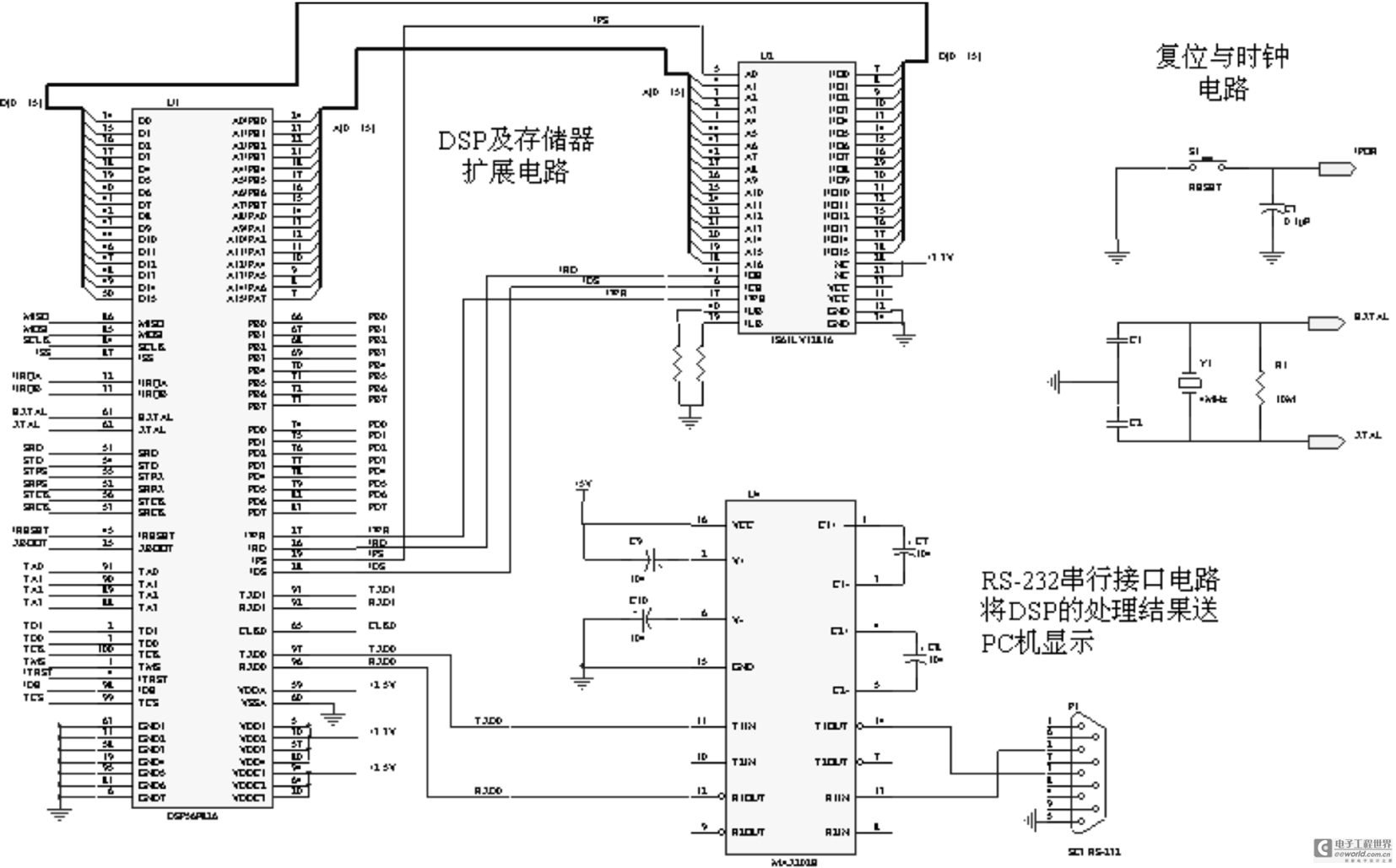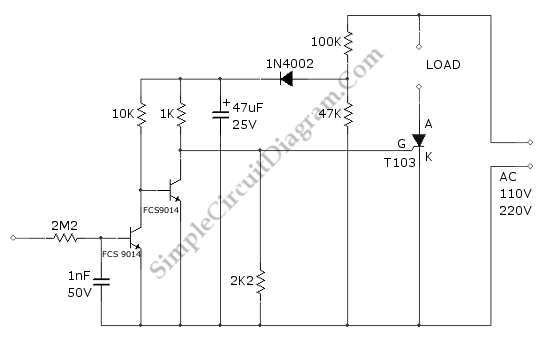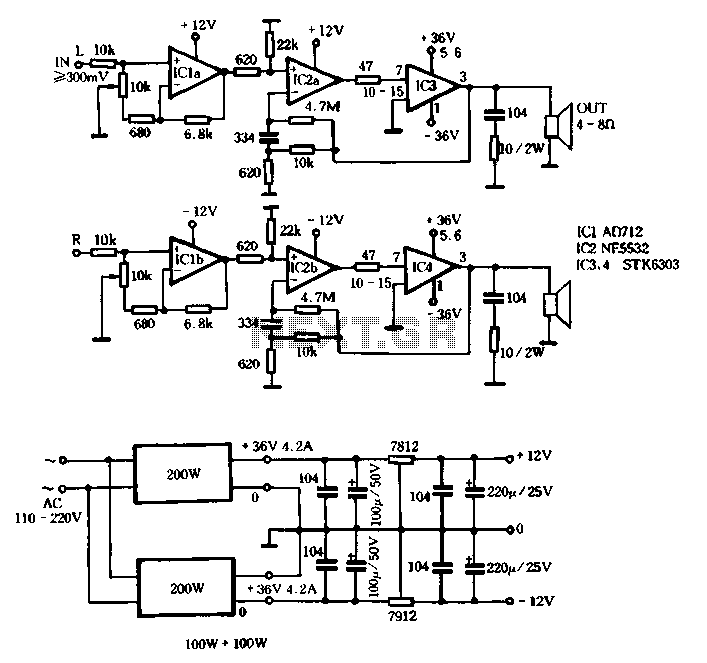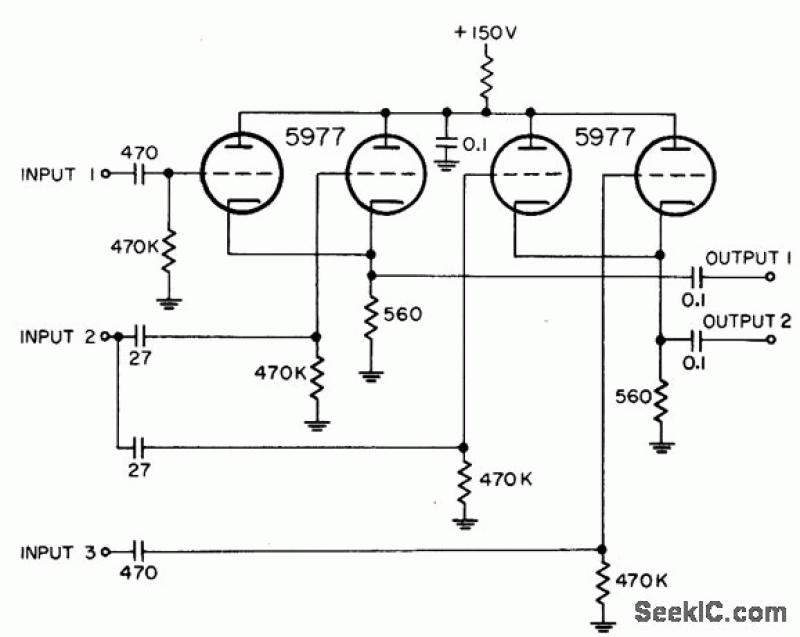
Two line intercom plus a telephone changeover switch
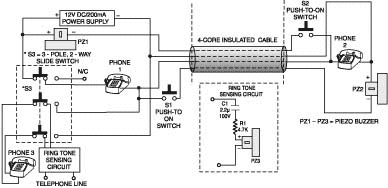
A two-line intercom with a telephone changeover switch. This circuit can connect two telephones in parallel and function as a 2-line intercom. Typically, a single telephone is connected to a.
The two-line intercom circuit is designed to facilitate communication between two separate locations while also allowing the integration of a standard telephone line. The primary function of this circuit is to enable users to communicate with each other via two intercom units while maintaining the capability to switch to a telephone line when necessary.
The circuit consists of two main components: the intercom units and the changeover switch. Each intercom unit is equipped with a microphone and speaker, allowing for two-way communication. The changeover switch is responsible for toggling the connection between the intercom system and the telephone line.
In operation, when the intercom is in use, pressing a button on either unit activates the microphone and speaker, allowing users to converse. The changeover switch can be activated to connect one of the intercom units to an external telephone line, enabling the user to make or receive calls.
The circuit typically employs standard components such as resistors, capacitors, and transistors to amplify the audio signals and manage the switching mechanism. It is essential to ensure that the components are rated for the appropriate voltage and current levels to avoid damage during operation.
In summary, this two-line intercom with a telephone changeover switch offers a versatile solution for intercommunication and telephone access, making it suitable for residential or small business applications. Proper installation and component selection are crucial for optimal performance and reliability.Two line intercom plus a telephone changeover switch. The circuit presented here can be used for connecting two telephones in parallel and also as a 2-line intercom. Usually a single telephone is connected to a. 🔗 External reference
The two-line intercom circuit is designed to facilitate communication between two separate locations while also allowing the integration of a standard telephone line. The primary function of this circuit is to enable users to communicate with each other via two intercom units while maintaining the capability to switch to a telephone line when necessary.
The circuit consists of two main components: the intercom units and the changeover switch. Each intercom unit is equipped with a microphone and speaker, allowing for two-way communication. The changeover switch is responsible for toggling the connection between the intercom system and the telephone line.
In operation, when the intercom is in use, pressing a button on either unit activates the microphone and speaker, allowing users to converse. The changeover switch can be activated to connect one of the intercom units to an external telephone line, enabling the user to make or receive calls.
The circuit typically employs standard components such as resistors, capacitors, and transistors to amplify the audio signals and manage the switching mechanism. It is essential to ensure that the components are rated for the appropriate voltage and current levels to avoid damage during operation.
In summary, this two-line intercom with a telephone changeover switch offers a versatile solution for intercommunication and telephone access, making it suitable for residential or small business applications. Proper installation and component selection are crucial for optimal performance and reliability.Two line intercom plus a telephone changeover switch. The circuit presented here can be used for connecting two telephones in parallel and also as a 2-line intercom. Usually a single telephone is connected to a. 🔗 External reference
Warning: include(partials/cookie-banner.php): Failed to open stream: Permission denied in /var/www/html/nextgr/view-circuit.php on line 713
Warning: include(): Failed opening 'partials/cookie-banner.php' for inclusion (include_path='.:/usr/share/php') in /var/www/html/nextgr/view-circuit.php on line 713
